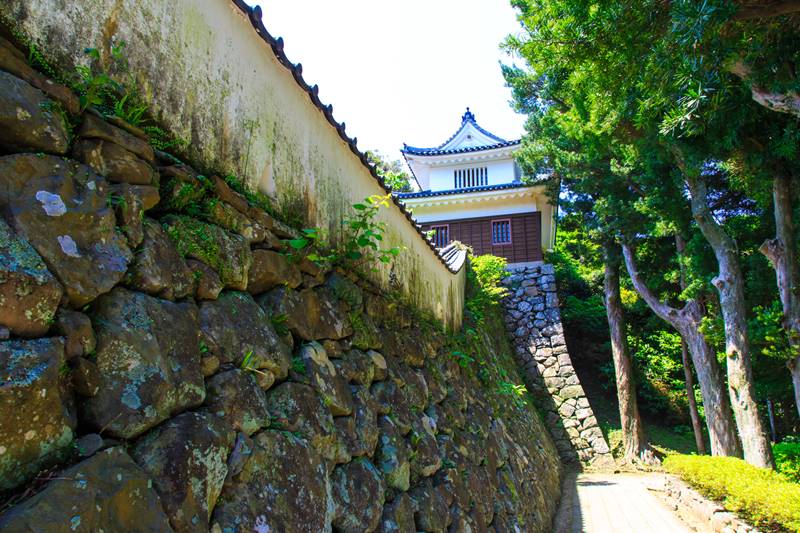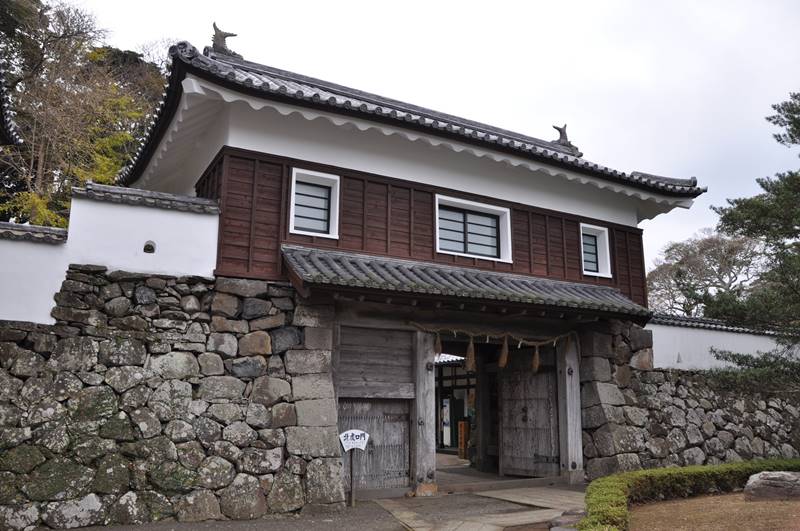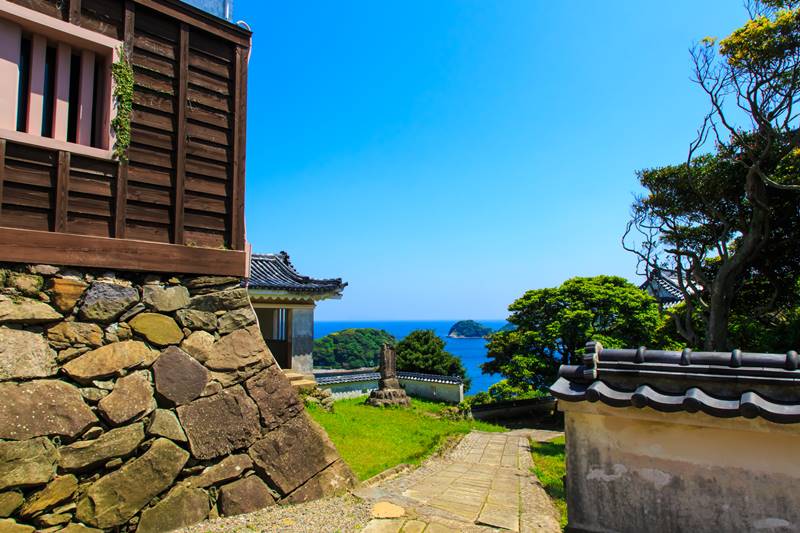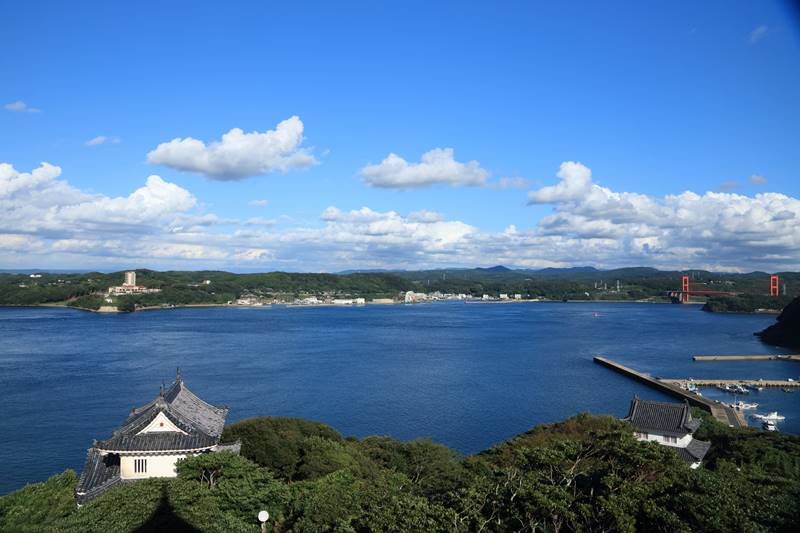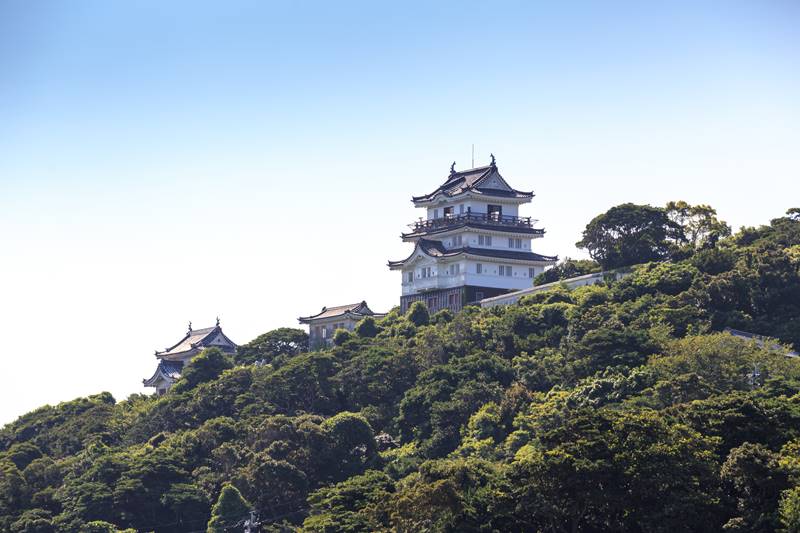This is all about Hirado Castle Ruins you want to know.
Every information you get on this site will be from a credible source based on Japanese history (books for reference).

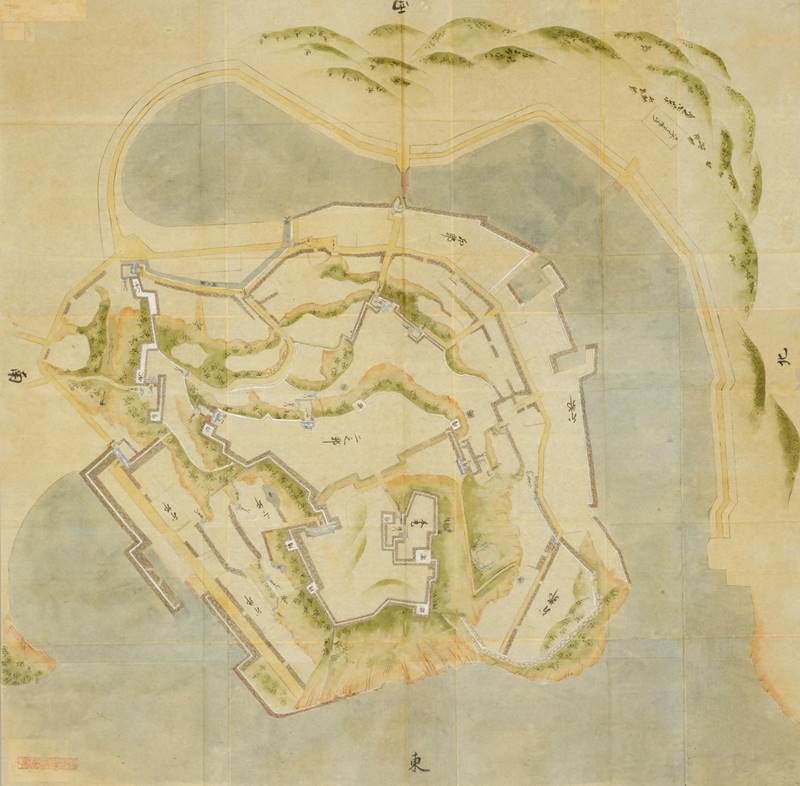
Collected by the Inagaki family, the Toba Daimyō from the mid-Edo period to the Meiji Restoration, as materials for military studies. There are about 350 illustrations, but there is no uniformity because only illustrations of castles, illustrations including castle towns, and old battlefield illustrations are mixed.
Another typical example of a castle picture in the Edo period is "The Shōhō Shiroezu", picture of the castle and castle town that the Edo Shogunate ordered the daimyō to create and submit,aggregating military information such as the buildings inside the castle, the height of the stone wall, the width of the moat and the water depth, etc., it also details the location and shape of the castle town and the mountain river.
Profile : Hirado Castle
| Location | Hirado City, Nagasaki Prefecture |
| Also known as | Kameoka Castle, Hinotake Castle |
| Type of castle | Hilltop |
| Mountain's name | ー |
| Elevation | ー |
| Condition | Reconstructed main keep |
| Designation | National Cultural Properties Nagasaki Historic Sites |
| Year built | 1599 |
| Abolished | 1871 |
| Castle lord | Matsuura Shigenobu |
| Refurbishment lord | Matsuura Takashi |
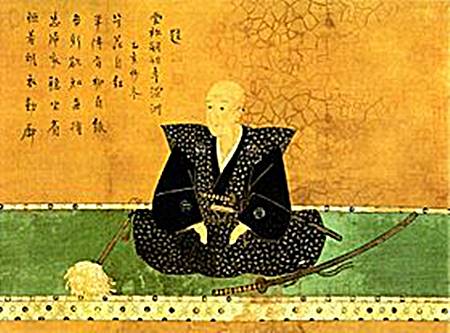

The family crest was originally created from the pattern that the emperor and the royal family put on the kimono, and the pattern was made into a fixed pattern, and the one attached to his own oxcart is said to be the beginning of the family crest. The warlords drew large crests on the flag-fingers, used to distinguish enemy views on the battlefield, and used by the generals to determine which warlords were active and how much.
Hirado Castle admission
admission fee : 510yen(Adult) 300yen(high school students) 200Yen(under junior high school students)
admission time : am8:30-pm5:30
closing period : December 30 - December 31 reference official site (japanese)
Hirado Castle Google Map
Hirado Castle Images
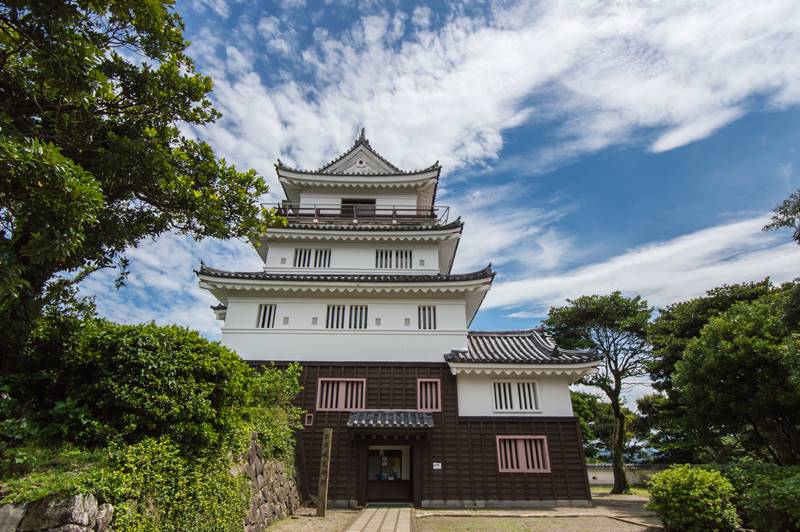
Matsuura Clan, who was a royal family in the northern part of Nagasaki Prefecture, was assigned to Northern Bizen and Iki as territories at the time of Toyotomi Hideyoshi's "Kyushu Conquest". He ruled the Hirado Domain, after the battle of Sekigahara since Tokugawa Ieyasu recognized the territory of 63,000 levels.

Although Hirado Castle was licensed to be built in 1703, construction of a new castle was rarely permitted in the middle of the Edo period.

You can see the roof and cross of St. Francis Xavier Memorial Church and the tiled roofs of Temples.
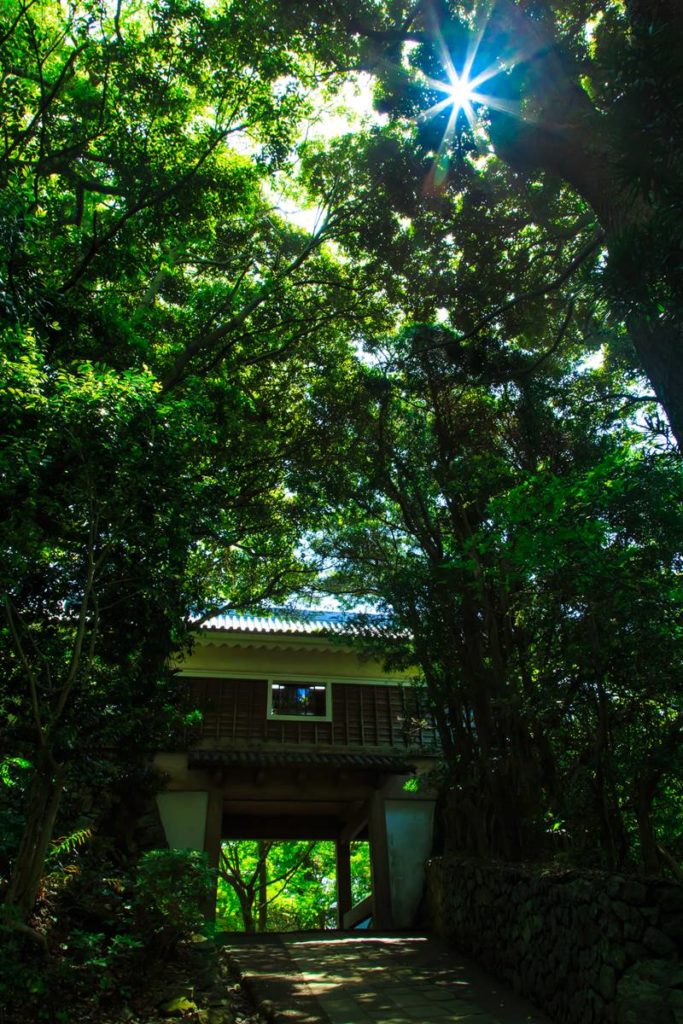

When a raccoon family has settled under this Yagura around 1830s , all floorboards were peeled off to repair the tower. Then one night, a raccoon who turned into a Samurai came to the lord's sleeping place and wanted to live in Yagura, and pleaded to protect the castle forever. It is said he returned the floor to its original position next day. Since then, this Yagura has been called the Tanuki Yagura(≒Raccoon Turret)
